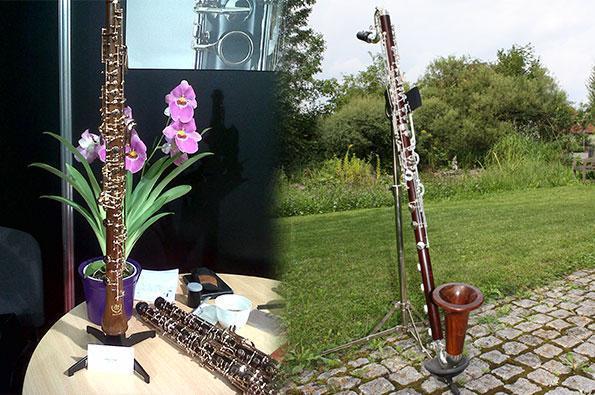HARDWOOD SPECIES
African hardwood species are characterised by their high density and very low porosity or even absence of it.
Trees of sub-tropical African hardwoods species are typically small in sizes and grow very slowly because of the predominant dry climate where they grow.
It explains their extreme density and low porosity created by the environment.
Our African hardwoods species must be distinguished from the equatorial hardwoods (often referred to as West African species) that grow quickly, come to extremely large sizes because of the predominantly high humidity and high rain fall areas in which they grow.
Our sub-tropical hardwood types are rare, predominantly dark in colour and classified as precious woods by the authorities of their country of origin. We selected and process ten hardwoods species, that are not on the CITES list, with one exception.
Because of their technical characteristics, these hardwood species are not suitable for furniture, door and window frames, structural and industrial applications.
These woods species are predominantly used for musical instruments, turners work, knife handles and other artisanal and artistic applications: jewellery, chess pieces, and very rarely for high value hardwood floor.
Because of their extreme hardness these hardwood species can only be processed by specially designed industrial machinery and sawn with tungsten carbide tipped (TCT) blades. When processed these hardwood types produce extremely fine saw dust, not suitable as wood shavings.










